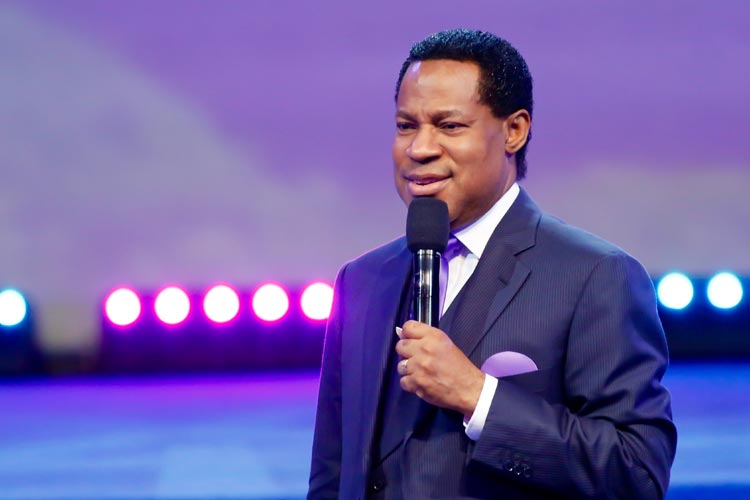Sermon: How To Build By Mensa Otabil
Sermon: How To Build By Mensa Otabil
- Introduction to the Sermon Topic: “How To Build”
- Foundations of Building: Scripture as the Blueprint
- Constructing a Life of Faith and Righteousness
- Avoiding the Pitfalls of Building on Sand
- Building Relationships: The Importance of Community
- Perseverance in Building: Overcoming Challenges
- Building a Legacy: Impacting Future Generations
- Evaluating and Adjusting the Building Process
- Celebrating the Finished Work: Reflecting God’s Glory
- Conclusion
“How To Build”: Constructing a Life of Faith and Righteousness
In the grand tapestry of life, building holds a profound significance. Whether it’s constructing physical structures or nurturing spiritual growth, the process of building requires intentionality, dedication, and a solid foundation. This sermon topic, “How To Build,” explores the principles and practices of building a life firmly rooted in faith and righteousness.
Introduction to the Sermon Topic
Building is not merely a physical endeavor; it’s a metaphor for the journey of life itself. Just as a skilled architect meticulously plans and constructs a building, we are called to build our lives on a foundation of faith and righteousness. This sermon delves into the timeless wisdom of scripture to uncover the keys to successful building in both the physical and spiritual realms.
Foundations of Building: Scripture as the Blueprint
Scripture serves as the ultimate blueprint for building a life that honors God and fulfills His purposes. Matthew 7:24-27 compares building a life on a solid foundation to building a house on rock, emphasizing the importance of hearing and obeying God’s Word. Likewise, Psalm 127:1 reminds us that “Unless the Lord builds the house, those who build it labor in vain” (ESV), highlighting the necessity of seeking God’s guidance in all our endeavors.
Constructing a Life of Faith and Righteousness
Building a life of faith and righteousness begins with a firm commitment to follow God’s Word and align our actions with His will. Practical steps include daily prayer, scripture study, and fellowship with other believers. As we immerse ourselves in God’s Word and cultivate a lifestyle of obedience, our lives become a testament to His grace and goodness.
Avoiding the Pitfalls of Building on Sand
While building on a solid foundation leads to stability and security, building on sand results in instability and eventual collapse. Matthew 7:26-27 warns against the folly of building on sand, symbolizing a life built on worldly desires, materialism, and self-righteousness. By prioritizing the eternal over the temporary, we safeguard ourselves against the destructive consequences of misplaced priorities.
Building Relationships: The Importance of Community
No person is an island, and building a life of faith and righteousness is no exception. Relationships and community play a vital role in the building process, providing accountability, mentorship, and mutual support. Proverbs 27:17 reminds us that “Iron sharpens iron, and one man sharpens another” (ESV), highlighting the transformative power of community in shaping our character and spiritual growth.
Perseverance in Building: Overcoming Challenges
Building a life of faith and righteousness is not without its challenges. However, perseverance in the face of adversity is essential for spiritual growth and maturity. James 1:12 encourages believers to persevere under trial, promising the crown of life to those who endure. By fixing our eyes on Jesus, the author and perfecter of our faith (Hebrews 12:2), we find the strength to press on despite difficulties.
Building a Legacy: Impacting Future Generations
The impact of our building efforts extends far beyond our own lifetime. By building a legacy of faith and righteousness, we leave a lasting imprint on future generations. Proverbs 22:6 instructs us to “Train up a child in the way he should go; even when he is old he will not depart from it” (ESV), emphasizing the importance of passing on our values and beliefs to the next generation.
Evaluating and Adjusting the Building Process
As we progress in the building process, it’s essential to regularly evaluate and adjust our course to ensure alignment with God’s will. Proverbs 16:9 reminds us that “The heart of man plans his way, but the Lord establishes his steps” (ESV), underscoring the need for humility and reliance on God’s guidance. By seeking wisdom from scripture and prayerfully considering our actions, we can make course corrections as needed to stay on the path of righteousness.
Celebrating the Finished Work: Reflecting God’s Glory
Ultimately, the goal of our building efforts is to reflect God’s glory and fulfill His purposes for our lives. Ephesians 2:10 declares that “We are his workmanship, created in Christ Jesus for good works, which God prepared beforehand, that we should walk in them” (ESV), affirming our identity as God’s masterpieces. As we celebrate the finished work of building a life of faith and righteousness, we give thanks for







